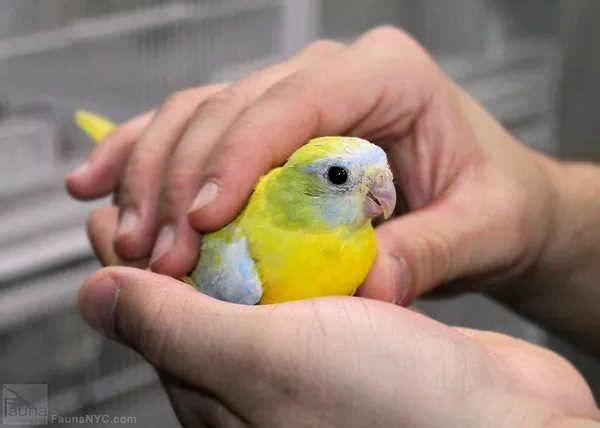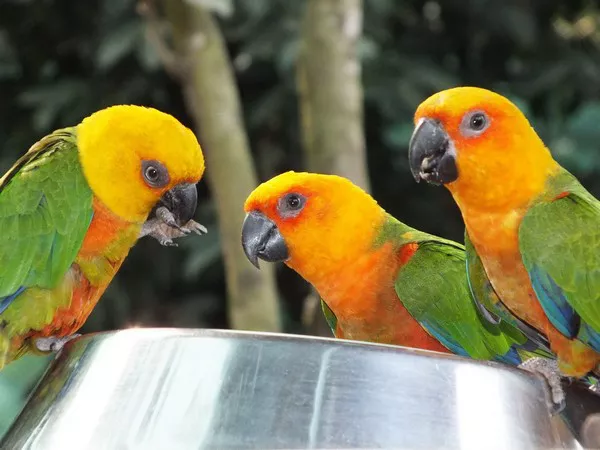Cockatiels, with their charming personalities and vibrant plumage, are popular pet birds around the world. Whether you’re a long-time cockatiel owner or considering bringing one into your home, knowing how to distinguish between male and female cockatiels is essential. While some differences are subtle, understanding their gender can be valuable for various reasons, including choosing names, forming bonds, and even preparing for potential breeding. In this comprehensive guide, we will explore the methods and characteristics that can help you identify the gender of your beloved cockatiel.
Sexual Dimorphism in Cockatiels
Cockatiels are not sexually dimorphic, meaning that males and females do not have easily distinguishable physical traits, especially in their early stages of development. Unlike some bird species where the differences are stark, such as peacocks and peahens, or mallard ducks, cockatiels require closer observation and a combination of cues to determine their gender accurately.
Common Methods to Identify Cockatiel Gender
Behavioral Clues:
Singing and Vocalizations: Male cockatiels are generally more vocal than females. They often sing and whistle tunes, especially when they are happy or trying to attract a mate. Females can vocalize too, but their songs tend to be softer and less complex.
Courtship and Displays: During courtship, male cockatiels may engage in behaviors like head bobbing, tapping their beaks against a hard surface, and spreading their wings to display their vibrant plumage. These displays are intended to attract females.
Nesting Behavior: Female cockatiels may exhibit nesting behavior, such as digging in their cage substrate or exploring potential nesting sites. This behavior is especially common in mature females preparing to lay eggs.
Physical Characteristics:
Cheek Patches: One of the most commonly used physical traits for identifying cockatiel gender is the coloration of the cheek patches. In males, the cheek patches are typically brighter and more vibrant, often ranging from deep orange to a bright yellow. Females’ cheek patches tend to be less vibrant and may have a muted or duller appearance.
Tail Feathers: While it’s not a foolproof method, some enthusiasts claim that the tail feathers of male cockatiels are slightly more pointed and slender than those of females. However, this method can be challenging for beginners.
Plumage Variations: In some mutations, such as pied or pearl cockatiels, the plumage patterns may differ slightly between males and females. Consult a breed-specific guide for accurate identification in these cases.
DNA Testing:
For a definitive answer, especially if you plan to breed your cockatiels, DNA testing is the most reliable method. A simple blood or feather test conducted by a veterinarian or a specialized avian laboratory can determine the gender of your bird accurately.
Observation Over Time:
Some differences in behavior and appearance become more apparent as cockatiels mature. For instance, a mature female may develop a visible crested appearance when excited or alarmed. Similarly, a mature male may display more pronounced behavioral traits.
Conclusion
Identifying the gender of your cockatiel can be both an exciting and valuable endeavor. While cockatiels are not sexually dimorphic and may not display obvious physical differences between males and females, careful observation of their behavior, vocalizations, and subtle physical traits can offer valuable clues. Keep in mind that DNA testing is the most accurate method for determining gender, especially if you plan to breed or simply want a definitive answer.
Whether you are a dedicated cockatiel enthusiast or a new pet owner, understanding your bird’s gender can help you build a stronger bond and provide the best care for your feathered friend. Enjoy the journey of getting to know your cockatiel and appreciating their unique personalities and quirks, regardless of their gender.
Recommended reading:
























